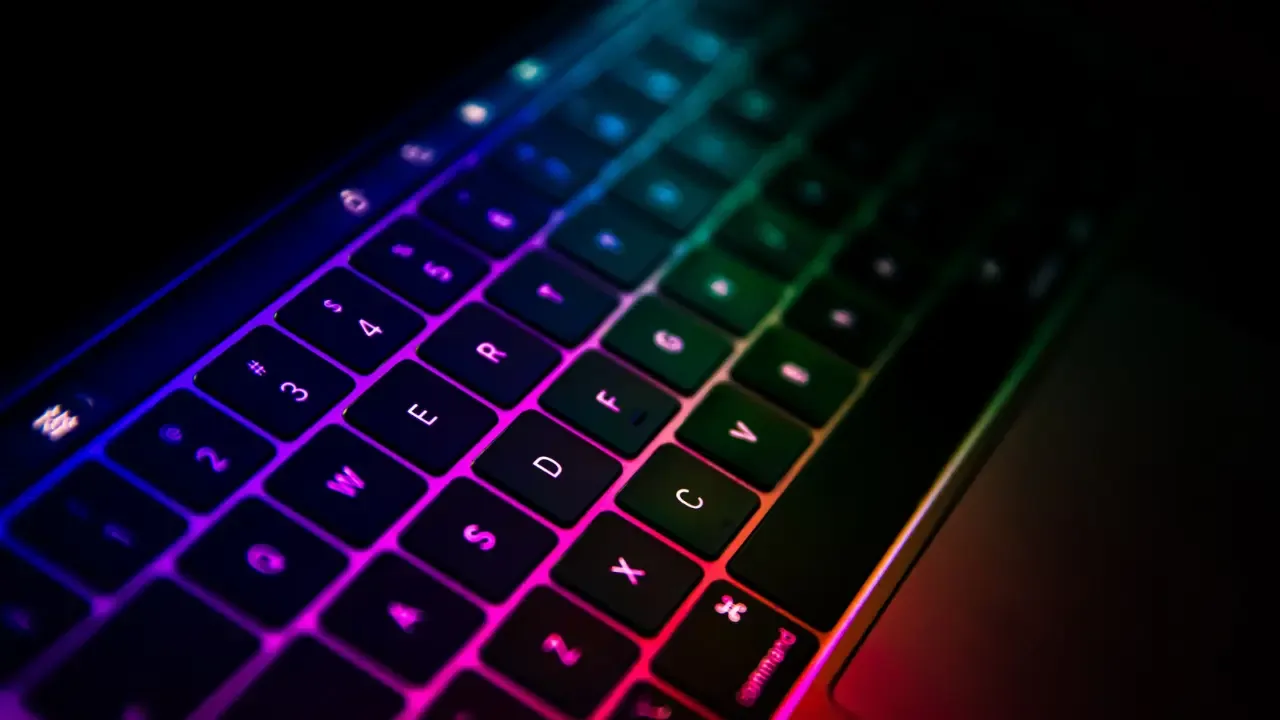Getting current device language in iOS?

📱🔍 How to Get the Current Device Language in iOS? 🔄
Hey there, tech enthusiasts! 👋 Are you struggling to discover the current language being used on an iOS device? Well, fear not! 🙌 In this blog post, we'll tackle this common conundrum and provide you with easy solutions to get the device language in iOS, all spelled out and ready to use. Let's dive in! 💥
The first thing you need to know is that the device language can be obtained using the NSLocale class in iOS. 🌍 Specifically, you can use the preferredLanguages method to retrieve an array of language codes in the order of the user's preferred languages. But hold your horses! 🐎 The code returned by this method might not be in the desired "fully spelled out" format. So, how can we achieve that? Let's find out! 🕵️♀️
One simple solution is to utilize the NSLocale class again. This time, we'll make use of the displayNameForKey:value: method. By passing the NSLocaleLanguageCode key and the desired language code, we can obtain the language name in the fully spelled out format. 🌐
Here's a code snippet to give you a clearer picture:
let preferredLanguages = NSLocale.preferredLanguages
guard let firstLanguageCode = preferredLanguages.first else {
// Handle the case where no language code is available
return
}
let locale = NSLocale(localeIdentifier: firstLanguageCode)
guard let languageName = locale.displayName(forKey: NSLocaleLanguageCode, value: firstLanguageCode) else {
// Handle the case where the language name cannot be obtained
return
}
print("Device language: \(languageName)")With this approach, you'll have the device language in the fully spelled out format like "English" or "Français." 🇺🇸🇫🇷
🔥 Pro Tip: Remember to import the Foundation framework to gain access to the NSLocale class and its relevant methods! 😉
Now, it's time for action! ✨ We've provided you with an effective solution to the problem at hand. Try implementing the code snippet in your iOS project and see the magic happen. 🧙♂️
But wait, there's more! 📣 We'd love to hear from you. Have you faced any challenges related to language handling in iOS? How did you tackle them? Share your thoughts and experiences in the comments section below. Let's help each other grow! 🌱✨
That's all for now, folks! Thanks for joining us on this language discovery journey. Till next time, happy coding! 💻🚀
🔗 Don't forget to share this blog post with your fellow developers and spread the knowledge!
Take Your Tech Career to the Next Level
Our application tracking tool helps you manage your job search effectively. Stay organized, track your progress, and land your dream tech job faster.



